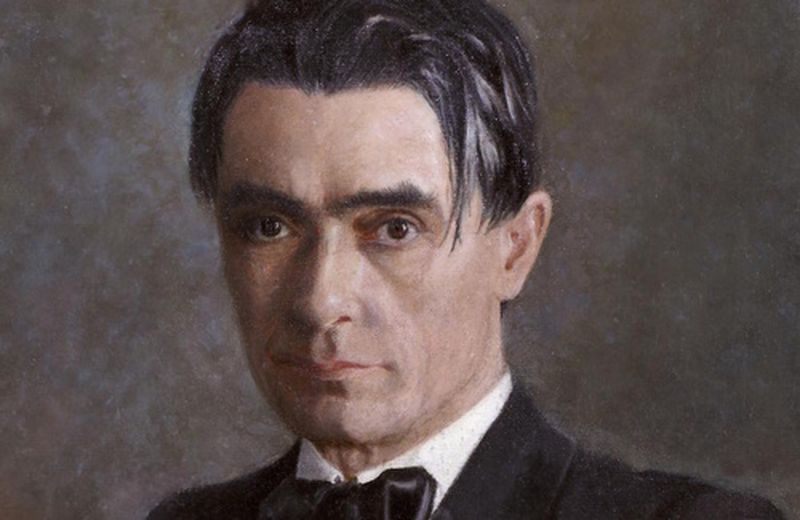Steiner’s anthroposophy
Anthroposophy is a word that the philosopher Robert Zimmerman has taken from the Greek etymology and which means knowledge (sophia) of man (anthropos). Later this term was used by Rudolf Steiner in the elaboration of his theoretical and spiritual framework

Steiner’s anthroposophy and its ideological development
According to the definition of Rudolf Steiner, philosopher, esotericist and pedagogist, born in 1861 in Kraljevic, a town in present-day Slovenia, “anthroposophy is a way of knowledge that would like to lead the spiritual which is in man to the spiritual which is in ‘universe.
It arises in man as a need of the heart, of life, of feeling, and can be fully justified if it satisfies this inner need “. Rudolf Steiner founded anthroposophy starting from philosophical bases that he makes his own and elaborates from the thought of Fichte, Nietzsche and Schelling , also considering Hegel ‘s phenomenology . The whole is influenced by Goethe ‘s romanticism .
Steiner’s anthroposophy and the human being
Steiner’s anthroposophy takes up Goethe’s conception of the “composition” of the human being. In the human being coexist: an ethereal body woven with vital energy, an astral body , dominated by feelings and emotions, and the I , which coincides with consciousness, the psyche, the divine essence. It would be precisely the harmony and balance of these three parts, according to Steiner anthroposophy, to condition the state of health in the human being. This new conception of man has subsequently determined developments aimed at theorizing and putting into practice specific actions in the various disciplines and sciences. Especially in the medical and pedagogical fields.
In medicine , for example, human health has begun to be considered as the health of all the parts, visible and invisible, that make it up, anticipating what will later be the holistic vision . In this type of medicine, the substances are not dead elements, but are considered animated by a “supersensible spiritual world” which acts in the body, a profound and exemplifying action today through the homeopathic enhancement implemented on the usual cures. At school , the Steiner method , also known as Waldorf school or education , determines what and when something should be taught to pupils. According to Steiner anthroposophy, school education is divided according to thefour body doctrine , every seven years.
Read also Nutrition in anthroposophy >>
Man is judged capable of achieving perfection on the basis of the ideologies of evolution and humanism, not on the basis of votes on individual subjects. In practice, biblical stories are studied alongside fables, legends, myths, with a mixture of footage from different religions. Eurythmy and anthroposophical architectural style characterize and mark the school day.
Steiner’s anthroposophy, a science that is more relevant than ever
What described by Steiner’s anthroposophy falls within a cultural context that is able to break down the boundary between the sensible world and the inner world , bringing and raising anthroposophy between the sciences and investigating how the intervention on the spiritual reality of man has consequences on objective reality which is directly experienced every day .
In the current state of things, with the loss of values, the degradation of the collective conscience , the general bewilderment of which we are protagonists and at times more or less aware agents, still consider the spirit and make it the spokesperson for the prevailing needs of deep and real well-being, it seems more important than ever. This is why not only in Germany, Austria and the rest of Europe, but also in Italy, there are more and more therapeutic centers and anthroposophic medicine clinics in which doctors and professional experts work who connect their activities to Steiner’s philosophical theories.




























+ There are no comments
Add yours